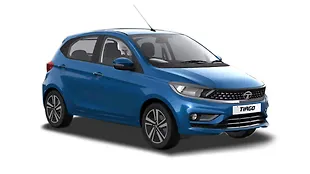
The premium hatchback segment has seen some major growth over the last few years. Hyundai was the first to try its hand with the i20 almost 10 years ago and was then joined by the Volkswagen Polo and then the Honda Jazz. Maruti Suzuki was the last to enter the fray and with good reason too. It had never tasted success in this part of the market until the launch of the Baleno in 2015 which has changed its fortunes here completely.
Now if we are to be honest, boot space is not high on the priority list when someone is buying a car especially in this category of vehicles where the boot space is limited due to the design and technical regulations. But since premium hatches are in the latest group of hot cars in the Indian car market, we do have to look at them and give you an idea of what you get for your money’s worth when you invest in these cars.
The criteria that we have looked at are the overall boot space (as provided by the manufacturer), length, width and height as well as the loading lip. The last term represents the distance between the ground and the lowest point of the boot opening. A low loading lip height is better for loading luggage.

1. Maruti Suzuki Baleno
Dimensions (mm)
Boot space- 339-litres
Length/width/height- 710/1010/590
Loading lip height- 830mm
The Maruti Suzuki Baleno might be the market leader in terms of numbers but its polarising design and larger than life looks have lent it some odd numbers. It’s got the third smallest boot in the fray and in fact, it only leads in terms of length. The Baleno, at 830mm, has the highest loading lip and while the high back has given it a funky look, getting things in and out (on paper) is a task.
However, the Baleno is the largest car among the lot and thus, has the largest boot in terms of length. At 710mm and 590mm it’s got the most length and height respectively. In fact, the rear seats can fold down really adds to the overall size.

2. Honda Jazz
Dimensions (mm)
Boot space- 354-litres
Length /Width /Height-670/1010/560
Loading lip height- 600
The Honda Jazz might have just got a refresh (long overdue) at the time of writing this story and that’s certainly added some fresh vigour to the car but nothing has changed dimension wise. While sitting above the Polo in terms of numbers, it trails a distant third to the Elite i20 and Baleno in overall numbers.

3. Volkswagen Polo
Dimensions (mm)
Boot space- 295-litres
Length /Width /Height-700/970/530
Loading lip height- 700
The Volkswagen Polo is the oldest car in the fray. It’s aged well and with minor updates keep its head well above the water. But, the problem for the Polo is that its counterparts have now found luxury yachts and climbed on board, making it quite a challenge for the car. There will be a new Polo within the next few years but for now this model has been on sale for the last few years. The features have been upgraded but in terms of dimensions the car remains unchanged.
The Polo scores well in terms of length but loses out in terms of width and height. It’s got the second lowest loading lip height and that means getting things in and out of the boot shouldn’t be too big a task. However, at 295-litres, it has only 10 more litres over the Hyundai Elite i20.

4. Hyundai Elite i20
Dimensions (mm)
Boot space- 285-litres
Length/Width/Height- 690/1070/540mm
Loading lip height- 700mm
The Hyundai Elite i20 is the car that began this segment. Back in 2008, its launch was a revelation and ushered in the era of big hatchbacks. Today, it is feature loaded and sits right up there with the Baleno in terms of sales volumes.
In terms of dimensions, the Elite i20 is actually not all that far away from the Volkswagen Polo with only minor differences between the two cars in terms of L/W/H. It does, however, have a higher loading lip, courtesy of the high back that’s a part of its fluidic design.

![Maruti Suzuki Baleno [2015-2019] Image Maruti Suzuki Baleno [2015-2019] Image](https://imgd.aeplcdn.com/272x153/cw/ec/21723/Maruti-Suzuki-Baleno-Right-Front-Three-Quarter-147250.jpg?wm=0&q=80)
![Hyundai Elite i20 [2018-2019] Image Hyundai Elite i20 [2018-2019] Image](https://imgd.aeplcdn.com/272x153/cw/ec/32953/Hyundai-Elite-i20-Exterior-118748.jpg?wm=0&q=80)
![Volkswagen Polo [2016-2019] Image Volkswagen Polo [2016-2019] Image](https://imgd.aeplcdn.com/272x153/cw/ec/22037/Volkswagen-Polo-Exterior-95634.jpg?wm=1&q=80)
![Honda Jazz [2018-2020] Image Honda Jazz [2018-2020] Image](https://imgd.aeplcdn.com/272x153/cw/ec/32595/Honda-Jazz-Exterior-176190.jpg?wm=1&q=80)
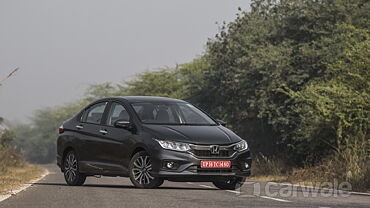


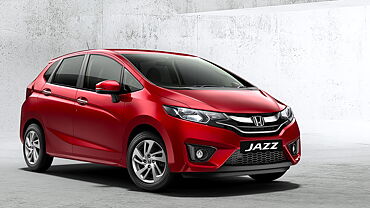
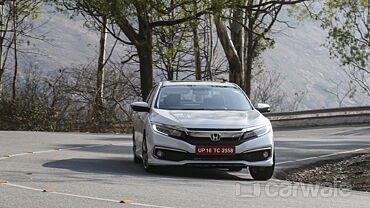









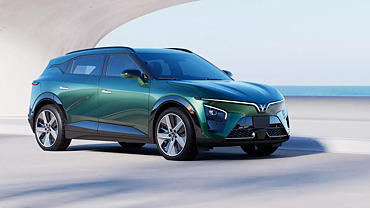
![Maruti Suzuki Baleno [2015-2019] Right Front Three Quarter Maruti Suzuki Baleno [2015-2019] Right Front Three Quarter](https://imgd.aeplcdn.com/199x112/cw/ec/21723/Maruti-Suzuki-Baleno-Right-Front-Three-Quarter-147250.jpg?wm=0&q=80)
![Maruti Suzuki Baleno [2015-2019] Exterior Maruti Suzuki Baleno [2015-2019] Exterior](https://imgd.aeplcdn.com/199x112/cw/ec/19751/Maruti-Suzuki-Baleno-Exterior-118756.jpg?wm=0&q=80)
![Maruti Suzuki Baleno [2015-2019] Right Front Three Quarter Maruti Suzuki Baleno [2015-2019] Right Front Three Quarter](https://imgd.aeplcdn.com/199x112/ec/08/76/19751/img/m/Maruti-Suzuki-New-Baleno-Right-Front-Three-Quarter-55663_l.jpg?v=201711021421&q=80)
![Maruti Suzuki Baleno [2015-2019] Dashboard Maruti Suzuki Baleno [2015-2019] Dashboard](https://imgd.aeplcdn.com/199x112/cw/ec/19751/Maruti-Suzuki-Baleno-Dashboard-105544.jpg?v=201711021421&q=80)
![Maruti Suzuki Baleno [2015-2019] Steering Wheel Maruti Suzuki Baleno [2015-2019] Steering Wheel](https://imgd.aeplcdn.com/468x263/cw/ec/19751/Maruti-Suzuki-Baleno-Steering-Wheel-91881.jpg?v=201711021421&q=80)



